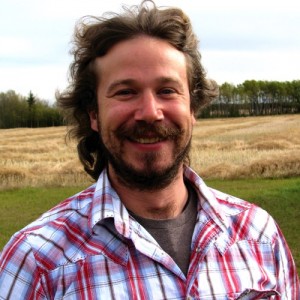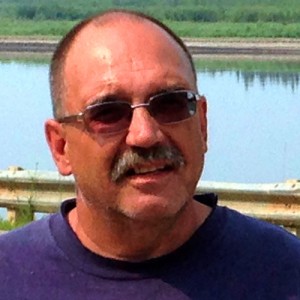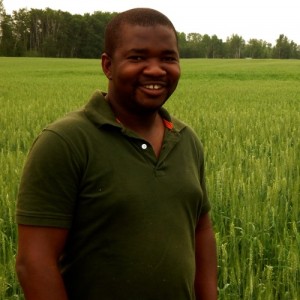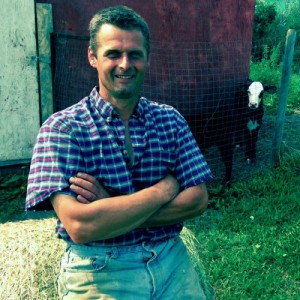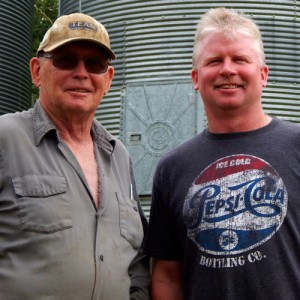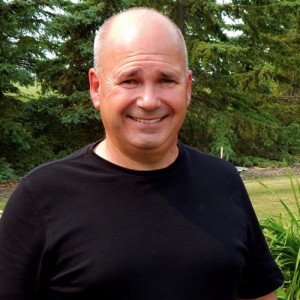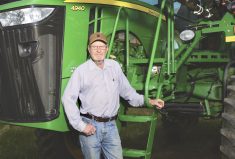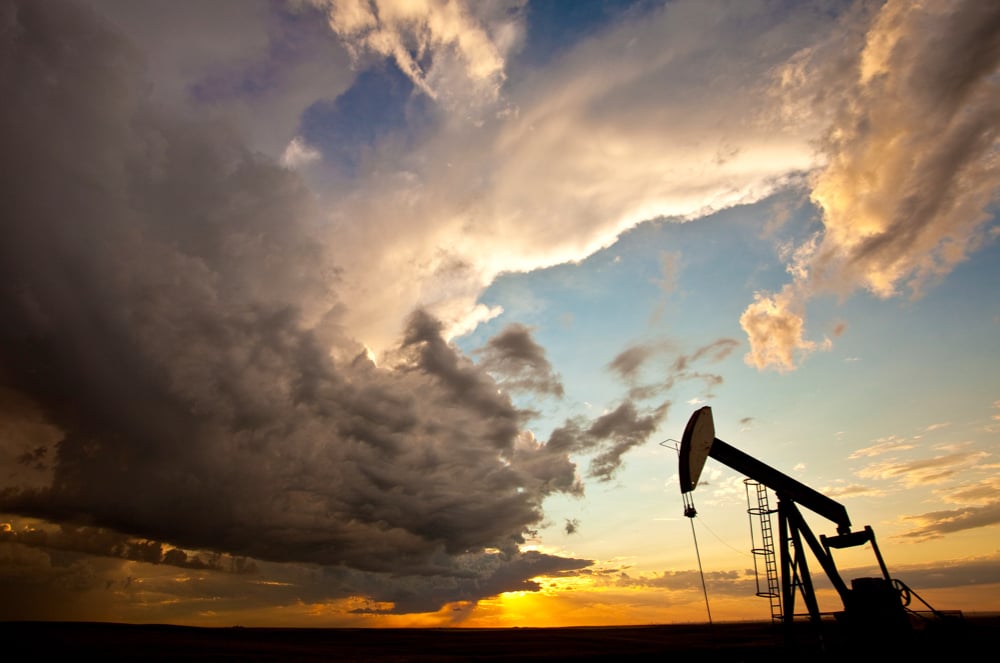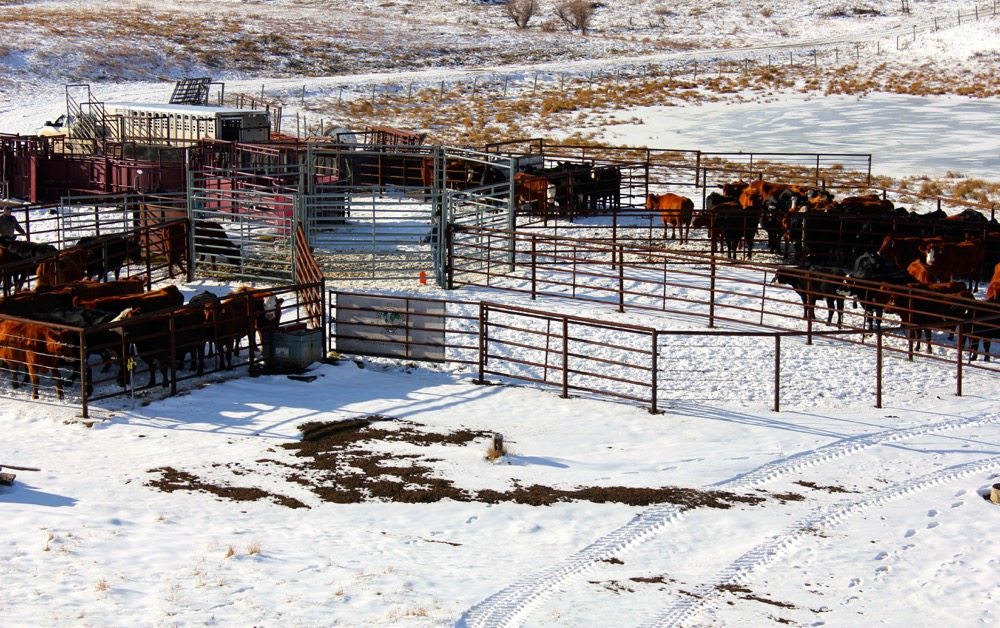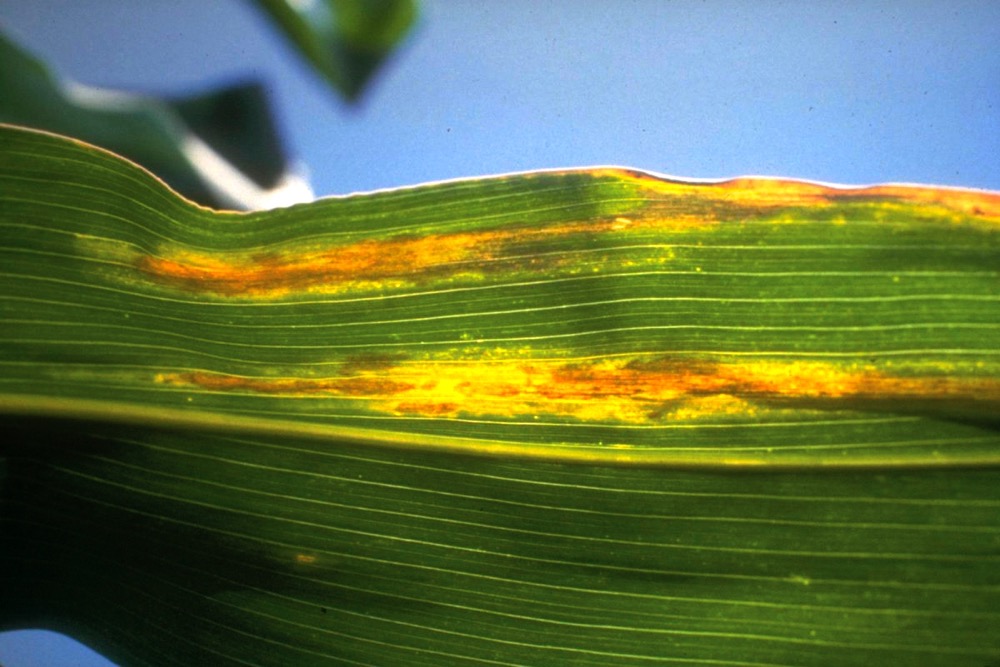It was the height of summer and what should have been late evening when the engines of the small regional jet slowed almost imperceptibly and the craft began to make its gentle descent into the northern Alberta city of Grande Prairie.
The first thing that grabbed the eye was mile upon mile of yellow-blossomed canola setting seed under the harsh, bright subarctic sun. Crops seemed to flow endlessly towards the horizon, only occasionally broken by an equally oversized patch of green where a cereal crop had just started to ripen.
Read Also
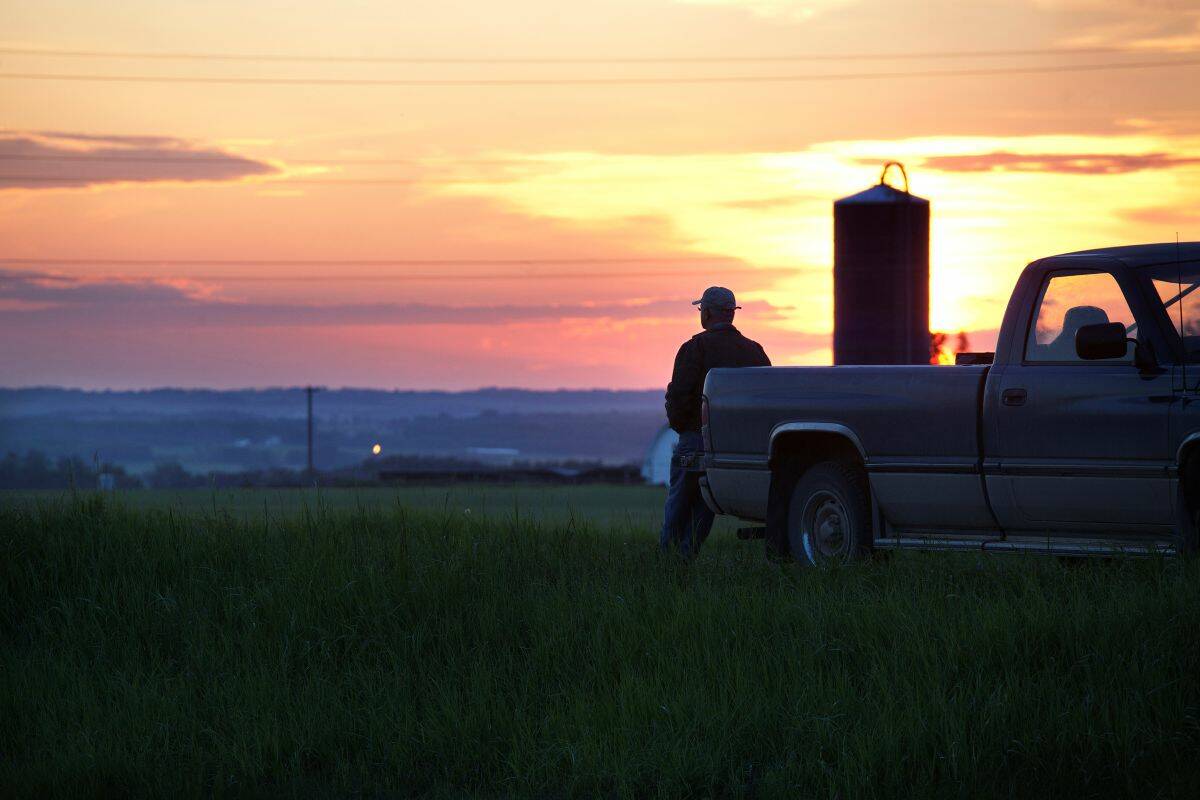
It doesn’t have to be the end for your farm
Options for farmers without successors to pass on the farm.
It was closing in on 9 p.m., with the sun promising at least a couple more hours of gleaming daylight before it would let dusk begin to gently settle over the scene.
This is the near-mythical Peace Country, a land of fertile plains in the valley of the Peace River, one of the major tributaries of the Mackenzie River system.
If the Canadian Prairies were the “Last Best West” as they used to be touted to settlers, then this northern Eden is the special reserve edition, or, as more than one resident will remind me during my stay here, God’s country.
Oversized
Early the next morning, it was time to meet Gregory Sekulic, the local agronomist with the Canola Council of Canada who lives on a nearby acreage and works throughout the region. Sekulic grew up on a farm here before leaving for university.
Now, with the busyness of the field-call season just nicely quieting down, he has a little slack for introducing a visitor to the lay of the local land.
The first challenge is finding the trendy coffee shop we’ve agreed to meet at. It’s supposed to be here in this maze of big-box and outlet stores. This retail complex, by the way, seems way too big for a city of 55,000 until someone explains their trading area runs as far north as Yellowknife, N.W.T., encompassing several hundred thousand people.
Once we’ve found each other and settled down over a cup of java, Sekulic explains what, in his view, makes his home a very special place.
“I always say — and I’ve certainly heard other people including my predecessor say this — that the Peace is as much a state of mind as a place,” Sekulic says.
The Peace is defined both by its place and its people, he tells me.
When the first farmers arrived, they found fertile grasslands and aspen parkland competing with fingerlings of boreal forests, all with a healthy dollop of muskeg thrown in, making travel extremely difficult in the early years. To that extent, it wasn’t unique.
“Anyone who grew up in that transition zone, this is going to look a lot like home to them,” Sekulic says.
He’s right. I grew up on the northern fringe of farmland in Saskatchewan, and this is familiar. But it isn’t the same, and the major difference is the question of latitude.
Across Western Canada, the switch from field to forest starts near Winnipeg and angles steadily northwest, following the southern boundary of the Canadian Shield, climbing higher and higher towards the Arctic.
Here at its northernmost, it takes on a distinctly subarctic flavour, especially with the extremely long days and short nights at the height of the summer. At summer solstice, for example, the sun sets just after 11 p.m. and rises just after 4:30 a.m. and much of what’s left isn’t truly night, but a twilight that seems to linger.
In winter, though, the days are brutally short, and the nights are cruelly long. It isn’t a place for everyone, Sekulic concedes, which helps explain the local agriculture industry’s ongoing struggle of finding enough workers, although Sekulic also insists this is actually a great place to make a home.
“It can be difficult to attract people here, and to retain people,” Sekulic says. “But those who do come, stay and get involved, I think the community and industry really embrace them.”
Later that morning, the rental car pointed north on Hwy. 2, and the trip began through the rolling fields and wide open skies of the southern Prairie-like portion of the region, through towns like Sexsmith and Rycroft before giving us our first real glimpse of the river at the crossing at Dunvegan.
The Dunvegan Bridge is a surprise, looking for all the world like a small replica of the Golden Gate Bridge set in northern Alberta. This time of year, the river is flat and slow moving, but a band of silt on either shore suggests this isn’t always the case, hinting at wild spring floods and fluctuating water levels.
To the north, everything seems subtly different. It’s not like you’re suddenly in the middle of the wilderness. It’s still very much farm country. It’s just a bit wilder, and it feels just that bit more remote. We strike a line straight north, aiming for High Level, our first overnight stop.
As the hours klick off, the feeling of isolation only increases. Longer and longer patches of forest interrupt the farmland, until during the last portion of the drive, nearly an hour passes with evergreen forest on both sides of the road. Finally, though, it opens up as we approach High Level, and the farmland appears and rolls out for miles toward the east, forming the Northern Block of the Peace District.
As the day winds down, the town seems to wait for darkness to fall, and I finally head up to bed in a midnight twilight. In the morning, two remarkable things become apparent. The first is a sign just outside the hotel, indicating the southern border of the Northwest Territories is just 190 kilometres to the north.
The second can be seen just peeking above a row of trees that isolates the railway line and industrial area from the highway. It’s an unassuming-looking old-style wooden elevator that’s unique not because of its design, but its geography.
What we’re looking at is the most northernly grain elevator in the Western Hemisphere, and perhaps in the world. We hear both claims made about the facility — though the staff are reluctant to make the second.
“Nobody’s really sure… I don’t know what they’ve got in places like Sweden and Russia. Do they even have elevators there? I’m not sure,” explains one elevator employee, taking a few minutes to talk during the facility’s annual maintenance shutdown, which sees industrial mechanics swarming the facility to service it.
The facility is part of the Richardson International network, and it’s the sole elevator serving close to 300 farm clients, though many also haul a portion of their crop hours to the nearest large concrete facilities to the south, many clocking four- and five-hour one-way hauls.
It highlights a perpetual problem for growers in this region. They struggle with long distances to elevators, and with what they say is spotty rail service. While the region is far less isolated than in past years, few would argue it’s anything but the end of the network.
Our birthplace
From here, though, we’re off to visit the unlikely birthplace of agriculture in Alberta.
It’s the height of the summer in Fort Vermilion, and Greg Newman breaks for lunch at a roadside restaurant on the banks of the Peace River and considers how outsiders perceive the unlikely prospect of farming in this part of the world.
He’s heard the shock from strangers, acquaintances, and even from good friends in other parts of the province.
“They think we’ve just stepped off a bloody iceberg and fought off a polar bear or something,” Newman says with a hearty laugh.
Newman farms some 2,300 acres of grain and, by any measure, is one of the most northerly grain growers on the continent, yet his hometown has the distinction of being among the oldest settlements in Alberta, founded in 1788. Newman notes proudly too that farming goes back almost as far, starting earlier than almost anywhere in the province.
It wasn’t until the early part of the 20th century, though, that farming really took off. That’s when transportation links to the rest of the province were established, and the land was opened up to homesteading. It’s how Newman’s family came to be farming in the area for the past 85 years.
Still, a strong sense of the frontier past lingers, right alongside a progressive farm community that pushes as hard as any other.
On the one hand there are massive fields amalgamated in the name of efficiency that can run two or three miles along the road in canola and wheat. On the other hand, there is still new land being wrested from the bush as producers clear part of an expected 136,000 acres that were recently earmarked for sale and breaking by the provincial government.
All in all, it’s an agricultural oasis in the middle of the boreal forest, at turns isolated and unlikely yet also wildly beautiful and productive. Travelling through it, it becomes clear just why it has become the stuff of legend, and lwhy it’s a place that attracts an unlikely cast of originals and iconoclasts.
Fast-forward
Just a few hundred metres down the highway from the restaurant, Jacob Marfo is simultaneously at home and a fish out of water — at home because his blunt honesty and sense of humour fit right in with the rest of the locals, but out of place because the last thing you might expect to find in such a northern outpost is a transplanted Ghanian.
Marfo, an agronomist, comes to Fort Vermilion by way of Thunder Bay’s Lakehead University, where he earned a doctorate in forestry and natural resource management. These days he lives and works at the River Road Experimental Farm, a former federal research facility that’s now managed by the Mackenzie Applied Research Association, a joint venture of the local government and local growers. Marfo concedes with a chuckle there’s been a bit of an adjustment, especially with the sunlight that in summer never seems to quit.
The facility he manages has a twin focus. It performs contract research for various entities looking for site locations. It also performs field-scale trials using commercial equipment to test various techniques and products.
Greg Newman, who chairs the organization’s board, says the commercial-scale efforts are particularly important because their unique environment can affect how things work.
“Some of these products are a pretty penny, you really want to make sure they work,” Newman says.
One of the things Marfo has noted during his two years here is just how fast the crops develop under the long, bright days. Sometimes, in fact, they grow too fast for the research protocols designed by centrally located scientists.
“There was a seed company we were working with which sent us some information about what they wanted us to do in a couple weeks, when the wheat was heading out,” Marfo says. “I had to tell them that the plots were already headed out. They couldn’t quite believe it.”
“The crops move fast,” Newman agrees. “It seems like you just finish seeding, and you’re spraying weeds, then it’s right on to fungicides, and then you might take a couple days off and it’s time to start thinking of swathing and combining. I’d estimate that they’re at least 10 per cent faster than down south, maybe more.”
As Marfo shows off the facility, a portrait of a venture still in development emerges. Several old outbuildings from its days as a federal research facility are still present in various states of decay, as well as obvious evidence of several buildings that have been demolished, interspersed with new buildings constructed for the facility’s new purpose.
Marfo says the goal is a facility that’s right-sized to the new group’s work, while the previous incarnation was simply too grandiose and would have proven impractical to maintain.
Newman says he can understand how people might marvel a bit at the prospect of commercially growing grain this far north, but he insists that it’s not like he and his neighbours are living a second-class lifestyle or anything like that.
“We have pretty much everything someone living down south would expect to have, in terms of services and amenities,” says Newman, a former reeve of Mackenzie County. “In fact, I’d put the municipal services up against anyone’s.”
Leaving Marfo and Newman, it’s time to press on, this time taking a big loop to pass through the former Métis community of La Crete, now largely populated by Mennonite families who have settled there in recent years. This is one of the areas where new land has been made available for sale, and the signs of land being broken are all around. Trees are pushed up into piles and, of course, there’s a hint of smoke in the air.
All this is part of an at times controversial land swap with the province that Newman worked closely on in his role as a municipal leader. In the end they’re hoping to get something close to 136,000 acres opened to agriculture, the amount of land they signed away in remoter locations back in the mid-’90s. Newman says that’s been a struggle and he adds that so far the numbers fall far short. He also insists the land isn’t the great deal that many from the outside view it to be. It’s selling, unbroken, for as much as $100,000 a quarter, and then the cost of breaking the land has to be factored in.
“Sometimes, just for fun, people have teased me a bit about why I haven’t taken any of this land myself,” Newman says. “I joke right back that I plan to pick it up at the auction sale in a few years.”
We cross the Peace River again on the La Crete ferry, where super-Bs hauling grain to the elevators in the south make just enough room for a passenger car to squeeze in, and the drivers gather, telling tales of grinding a full load down and up these steep valley roads in the dead of winter. Just a few more miles on, we rejoin Highway 2 and head for Manning, named for a former premier, where we stop for the night.
From across the world
The following morning we join Peter Bigler at his farm a few miles to the south along the highway, near the small community of Hotchkiss. Bigler’s story is at once familiar and different, starting with him realizing while working on the farm as a boy that he wanted a farming life.
The difference is, that farm was in Switzerland, owned by an uncle, and Bigler knew if he wanted to chase the dream of farming, it wouldn’t happen there. “If I had stayed in Switzerland, there’s no way I could have farmed,” Bigler says.
It was on a student farm employment exchange that he first became acquainted with farming in Canada. Then, in the early 1990s, he emigrated permanently, bringing his young family with him. First they settled in central Alberta, where they were in the dairy business, but expensive quota made that business a tough one. About 10 years ago, they moved north to the current farm, where they raise crops and cattle on about 1,200 acres.
During our conversation on a bright, hot afternoon, Bigler talks of opportunities both won and lost, of land that has suddenly got expensive, leaving him to wonder of the long-term viability of his operation, while at the same time wondering if the near-monoculture practices of some of the other local producers will prove any more sustainable over time.
In the meantime he works both on and off the farm, including work for other local producers and driving truck to haul grain to market, while he and the family brainstorm about what the future of the farm will be.
“We’ve thought of all sorts of things, like marketing directly to the Arctic, but that brings a whole set of challenges,” Bigler says. “What it really boils down to, in the end, is we have to give someone a reason to buy something from our farm, rather than any of the other farms.”
In a geographically isolated area, Bigler concedes that’s a challenge, but he says it’s a challenge he’s willing to take on in order to farm.
“At least I got the opportunity to try,” Bigler says.
From here it’s a few miles back up north to a spot near Keg River, where the Freeman farm is nearly an hour from the nearest community of any consequence.
Here David Freeman and his father Les are working hard on getting the water system up and running after some problems, but they pause for a few minutes to have a coffee and talk about the life of the part-time farmer in the Peace.
Les was the local elevator agent until that facility closed in the late 1990s during the wave of elevator consolidation. He retired, but continued to farm, having started farming organically a few years earlier. Today David is a maintenance manager with an energy company, and he makes no bones about loving to farm, but also makes no claims to be a full-time producer.
“Well, my tax return says I’m a hobby farmer,” he says with a chuckle. “It is what it is.”
Les says the early days of the business were tough, especially marketing the crops. Finding buyers was a constant struggle, but these days it’s all changed.
“With the Internet, you can find buyers almost anywhere,” Les says.
Farming just a few hundred acres, the business won’t make anyone rich, but it gives them both enormous satisfaction, something that’s evident in the enthusiasm they show while talking about the farm.
David says the long-term fate of the farm is still up in the air. Both he and his dad still like to farm, but Les isn’t getting any younger. A third generation, David’s son, has been involved in the farm, but may or may not decide to take it over in time.
“Right now he’s happier riding a bull than a combine,” David laughs.
Heading back out into the yard, we discuss getting a photo in front of the bins, and Les speaks up, saying he hopes it won’t give anyone a false impression.
“Whatever you do, don’t make us look rich,” he says with a deadpan expression.
McIntyre: ‘that drive to improve yourself’
The final stop is south near Fairview to visit Kelly McIntyre, whose immaculate farm site is just a couple of miles outside the town. He listens with patience to my impressions of it to date before speaking up himself. An Alberta Canola Producers Association executive member, he finds himself travelling regularly for meetings.
“It’s definitely not as isolated as it once was,” McIntyre says. “We have excellent roads now, and the airport at Grande Prairie with connections to anywhere you need to go.”
Nor has the information revolution bypassed the region. McIntyre has just as good a sense of what’s moving grain markets as any grower in the country.
In fact, if remoteness is an issue, it might be what McIntyre calls “the Peace advantage.” It often takes years longer for crop pests or diseases like blackleg in canola to find their way here.
“Really, if I had a message for your readers, it would be to invite them to come here to see it for themselves. It really is the sort of place you need to see first hand,” McIntyre says. “It’s still Canada, it’s still the same country, but yes, we are a bit unique up here.”
I notice the “we.” It isn’t just the land, so when I mention that a lot of the farms seem to also have non-farm businesses, and I wonder why, McIntyre ponders this for a moment, then reaches for the “p” word we might never use anywhere else.
It’s the ethos of the place, he explains. It isn’t just the drive for self-improvement as you might see it anywhere else. Says McIntyre: “I think that might be a bit of the pioneering spirit remaining.”
This article was originally published as ‘Finding the Peace” in the March 31 issue of Country Guide



